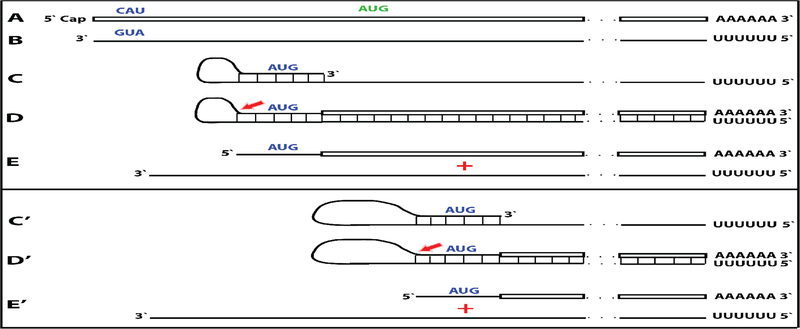Figure 13: RNA-dependent mRNA amplification process may enhance protein-encoding information content of a conventional mRNA and generate polypeptides non-contiguously encoded in the genome.
Boxed line: Sense strand RNA. Single line: Antisense strand RNA. “AUG”: Functional translation initiation codon (could be other than AUG). 5’-CAU-3’ on the sense RNA: Complement of 5’-AUG-3’ (both in blue) on the antisense RNA. Red arrow: Position of cleavage of the chimeric intermediate. A: Conventional mRNA with translation initiation “AUG” in green. B: Antisense complement of conventional mRNA; 3’-GUA-5’ (in blue) is the 5’-AUG-3’. C: Folding of the antisense strand into self-priming configuration. D: Extension of self-primed antisense strand into sense-oriented sequence followed by strand separation and cleavage of the chimeric intermediate. E: Chimeric RNA and 3’-truncated antisense RNA end products of RNA-dependent mRNA amplification. Note that translation of the chimeric end product starts from the antisense RNA-originated initiation codon (“AUG”, in blue) and produces a chimeric polypeptide non-contiguously encoded in the genome. Steps C’, D’, and E’ correspond to C, D, and E. Top panel: Antisense folding/self priming occurs within its segment corresponding to the 5’UTR of conventional mRNA. Bottom panel: Antisense folding/self priming occurs within its segment corresponding to the coding region of conventional mRNA.

